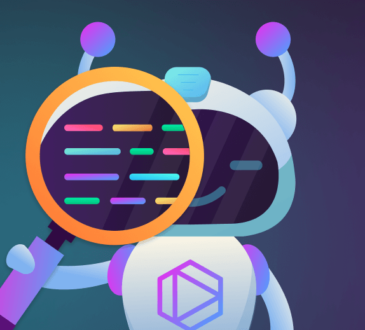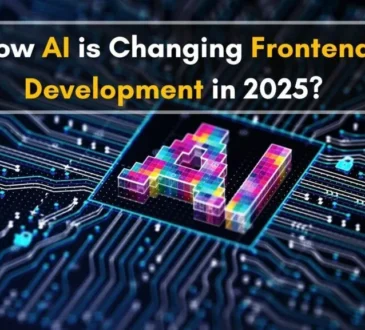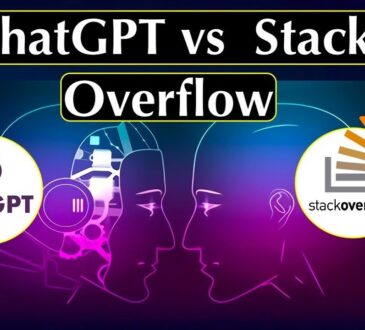
As artificial intelligence (AI) continues to revolutionize the way we develop software, tools designed to enhance development workflows and streamline AI implementation are becoming more accessible and powerful. In 2025, developers are not just coding but collaborating with AI-powered tools to improve productivity, reduce error rates, and create sophisticated solutions. Whether you’re an AI newbie or an experienced machine learning practitioner, there are numerous tools that can help elevate your projects.
In this blog post, we’ll explore the top 10 AI tools every developer should try in 2025 to boost their efficiency and take their work to the next level.
1. OpenAI Codex
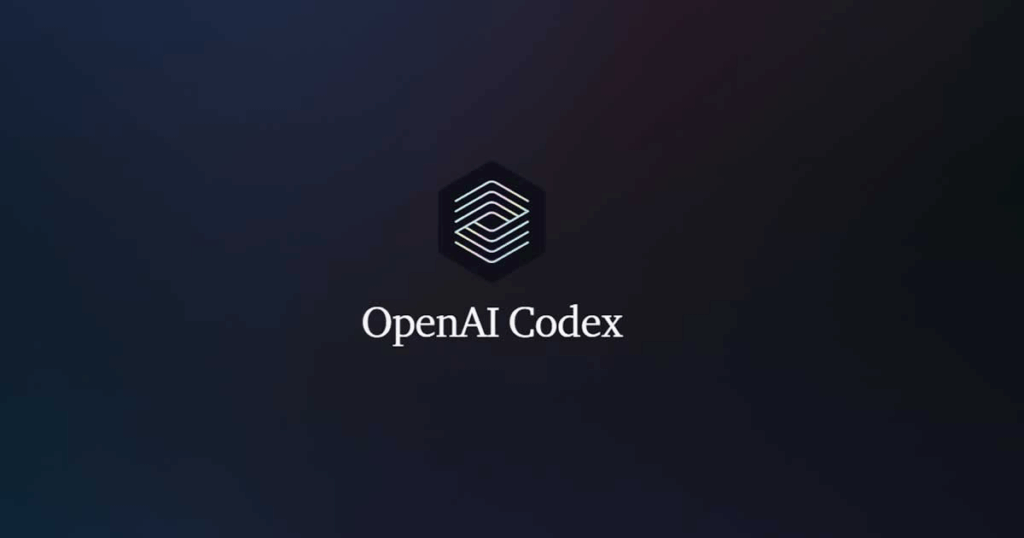
Best for: Code Generation & Assistance
OpenAI Codex is the AI engine behind GitHub Copilot, and it’s an essential tool for developers looking to write code faster and more efficiently. By leveraging natural language processing (NLP), Codex translates human language into functional code across a variety of languages, including Python, JavaScript, and Java.
Codex can help you write entire functions or even generate boilerplate code, making it an invaluable tool for developers of all skill levels. It’s particularly useful for reducing repetitive coding tasks and ensuring better code quality by spotting potential issues early.
Key Features:
- Code generation from natural language descriptions
- Supports multiple programming languages
- Seamless integration with VS Code and GitHub
- Helps to optimize common patterns and debug code
2. TensorFlow
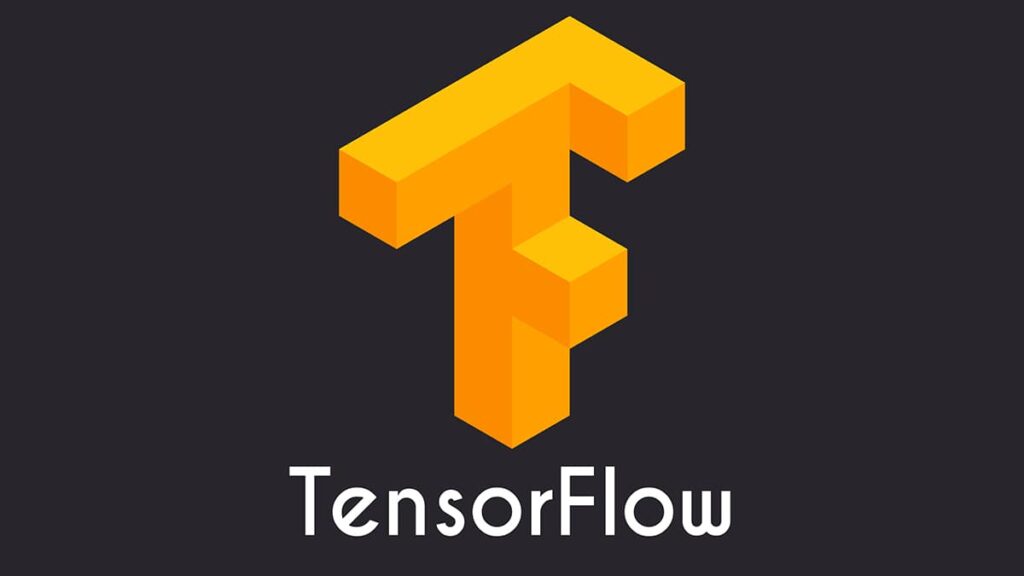
Best for: Machine Learning & Deep Learning
TensorFlow, developed by Google, is one of the most popular open-source frameworks for building and deploying machine learning models. In 2025, TensorFlow remains an essential tool for developers interested in artificial intelligence and deep learning.
The framework is used by companies like Airbnb, Uber, and Intel to power applications ranging from natural language processing to image recognition. With TensorFlow 2.0’s more user-friendly API and enhanced integration with Keras, developers can quickly build, train, and deploy machine learning models for various applications.
Key Features:
- Support for neural networks and deep learning
- TensorFlow Lite for mobile and embedded devices
- TensorFlow.js for in-browser ML applications
- TensorFlow Extended (TFX) for full-scale deployment
3. PyTorch
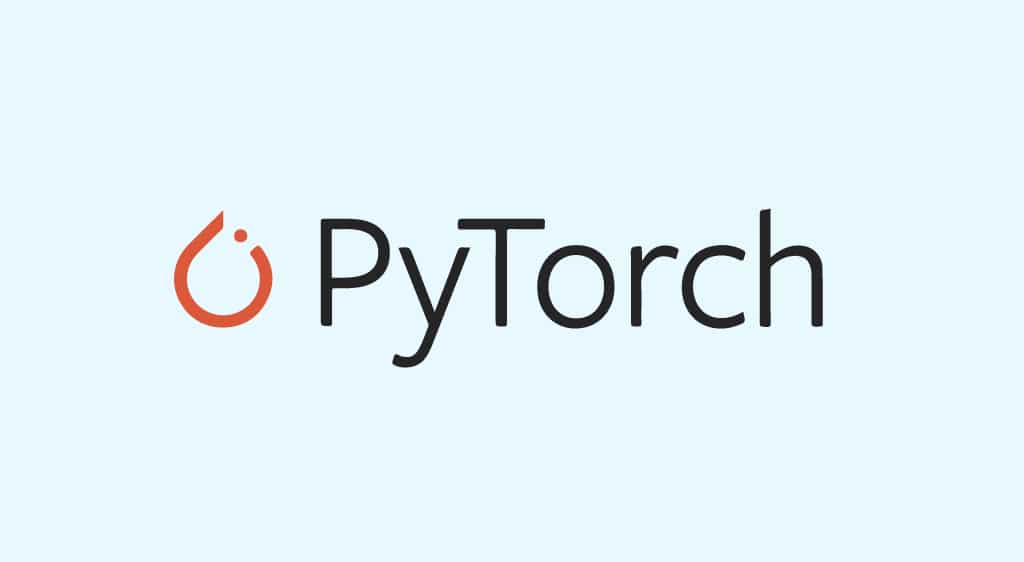
Best for: Research & Prototyping
PyTorch is another powerful open-source machine learning library, particularly favored by researchers and academics for its ease of use and dynamic computation graph. In 2025, PyTorch is widely adopted for research in AI and has a growing presence in production settings as well.
Its flexibility and support for GPU acceleration make PyTorch a go-to choice for developers working on cutting-edge deep learning models, particularly in areas like computer vision, reinforcement learning, and NLP.
Key Features:
- Dynamic computation graph for easy debugging
- GPU acceleration and distributed training
- Integrated support for Python libraries like NumPy
- Extensive community and research-driven advancements
4. Hugging Face Transformers

Best for: Natural Language Processing (NLP)
Hugging Face is the go-to library for NLP developers in 2025. It provides pre-trained transformer models that make it incredibly easy to implement state-of-the-art NLP tasks, such as text generation, sentiment analysis, question answering, and more.
The library offers more than 10,000 models trained on massive datasets, making it easy for developers to integrate advanced language models like GPT-3, BERT, and T5 into their applications without needing to train models from scratch.
Key Features:
- Pre-trained models for various NLP tasks
- Easy-to-use interface with PyTorch and TensorFlow compatibility
- Hugging Face Model Hub to share and discover models
- Supports fine-tuning of models on custom datasets
5. GitHub Copilot

Best for: Code Assistance & Debugging
GitHub Copilot, powered by OpenAI Codex, is an AI-powered code completion tool that helps developers write code faster and more accurately. By suggesting entire lines of code and offering context-based recommendations, Copilot can drastically reduce the amount of time you spend on repetitive coding tasks.
The tool is integrated directly into Visual Studio Code, and its suggestions improve as you code, making it a great partner for both novice and experienced developers.
Key Features:
- AI-driven code suggestions in real-time
- Supports various programming languages
- Can write entire functions or code snippets
- Integrates seamlessly with Visual Studio Code
6. DataRobot

Best for: Automated Machine Learning (AutoML)
DataRobot simplifies the machine learning workflow by offering an automated platform that lets developers build machine learning models without needing to write extensive code. Developers can upload their datasets, and DataRobot automatically handles preprocessing, feature engineering, model selection, and hyperparameter tuning.
This tool is perfect for developers who want to deploy machine learning solutions quickly, without getting bogged down in the complexity of the data science process.
Key Features:
- Automated data cleaning, feature engineering, and model selection
- Integration with cloud platforms like AWS and Google Cloud
- Easy deployment of machine learning models
- Predictive analytics and model explainability tools
7. Runway
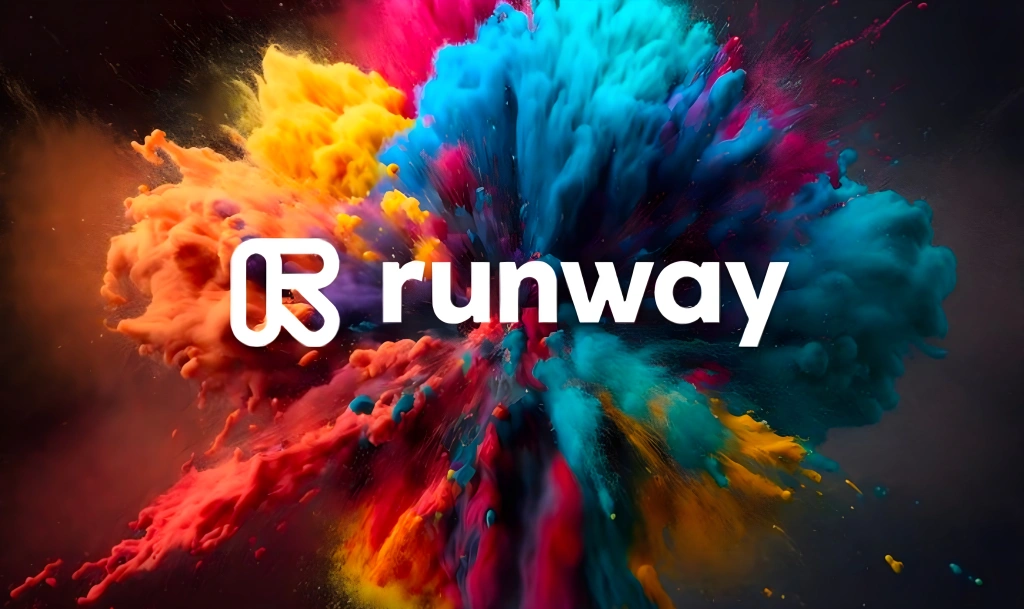
Best for: Creative AI Projects
Runway is a creative AI tool that allows developers, designers, and artists to use machine learning models in their creative workflows. Whether you’re building an AI-powered video editor, developing interactive art, or experimenting with generative adversarial networks (GANs), Runway makes it easy to integrate AI into creative applications.
With a user-friendly interface and an extensive library of pre-trained models, Runway can help developers create innovative projects with minimal effort.
Key Features:
- Pre-trained models for image generation, video editing, and more
- Easy-to-use interface for integrating machine learning
- Real-time collaboration and cloud-based workflows
- Integration with popular creative software like Photoshop and Unity
8. MLflow

Best for: Machine Learning Lifecycle Management
MLflow is an open-source platform designed to manage the end-to-end machine learning lifecycle, including experimentation, reproducibility, and deployment. It’s ideal for developers working with large machine learning projects that require seamless collaboration across teams.
With MLflow, developers can track model parameters, visualize metrics, and store model versions for reproducibility. The tool also integrates with popular machine learning frameworks like TensorFlow and PyTorch.
Key Features:
- Version control for machine learning models
- Tracking experiments and hyperparameters
- Integration with major cloud platforms
- Supports model deployment and scaling
9. Weka
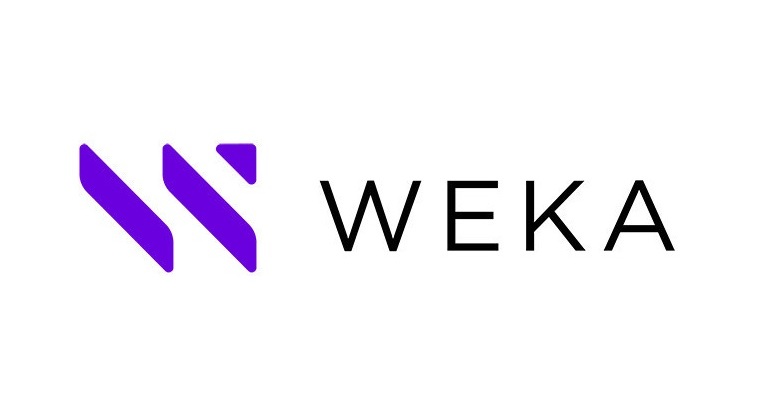
Best for: Data Mining & Machine Learning
Weka is a well-known open-source tool for data mining and machine learning. With a user-friendly interface, it allows developers and data scientists to build machine learning models and perform data analysis without requiring deep programming knowledge.
It offers a wide range of algorithms for classification, regression, clustering, and feature selection, making it a good fit for beginners and experts alike.
Key Features:
- Comprehensive set of machine learning algorithms
- Easy-to-use graphical interface
- Data preprocessing and visualization tools
- Supports batch processing and scripting for automation
10. KubeFlow

Best for: Scalable Machine Learning Deployment
KubeFlow is an open-source machine learning toolkit designed to run on Kubernetes. It provides a set of tools for automating the deployment, scaling, and management of machine learning models. Developers working with Kubernetes for containerized applications can use KubeFlow to streamline their machine learning pipelines, ensuring smooth integration with production environments.
Key Features:
- Kubernetes-native architecture for scalable ML deployments
- Model training, serving, and management tools
- Integration with TensorFlow, PyTorch, and other frameworks
- Supports multi-cloud and hybrid cloud environments
Conclusion
The AI tools available in 2025 have dramatically simplified the process of developing, deploying, and managing machine learning models, making it easier for developers to leverage the power of AI without needing to be experts in data science. Whether you’re looking to speed up your development cycle with tools like GitHub Copilot, build sophisticated deep learning models with TensorFlow and PyTorch, or automate your machine learning pipelines with MLflow and DataRobot, there are tools out there to meet every developer’s needs.
By integrating these AI tools into your development workflow, you can stay ahead of the curve and create more advanced, efficient, and scalable AI solutions. So, dive in, experiment with these tools, and take your AI projects to the next level in 2025!

